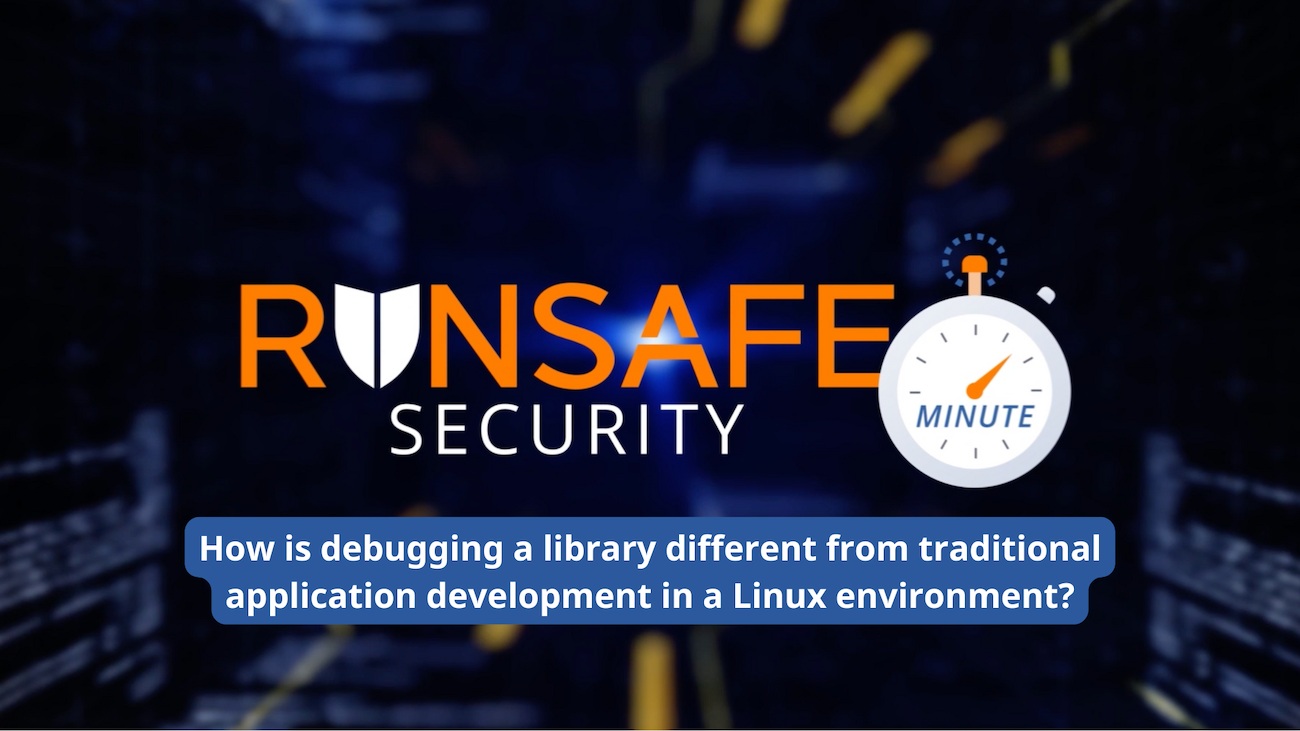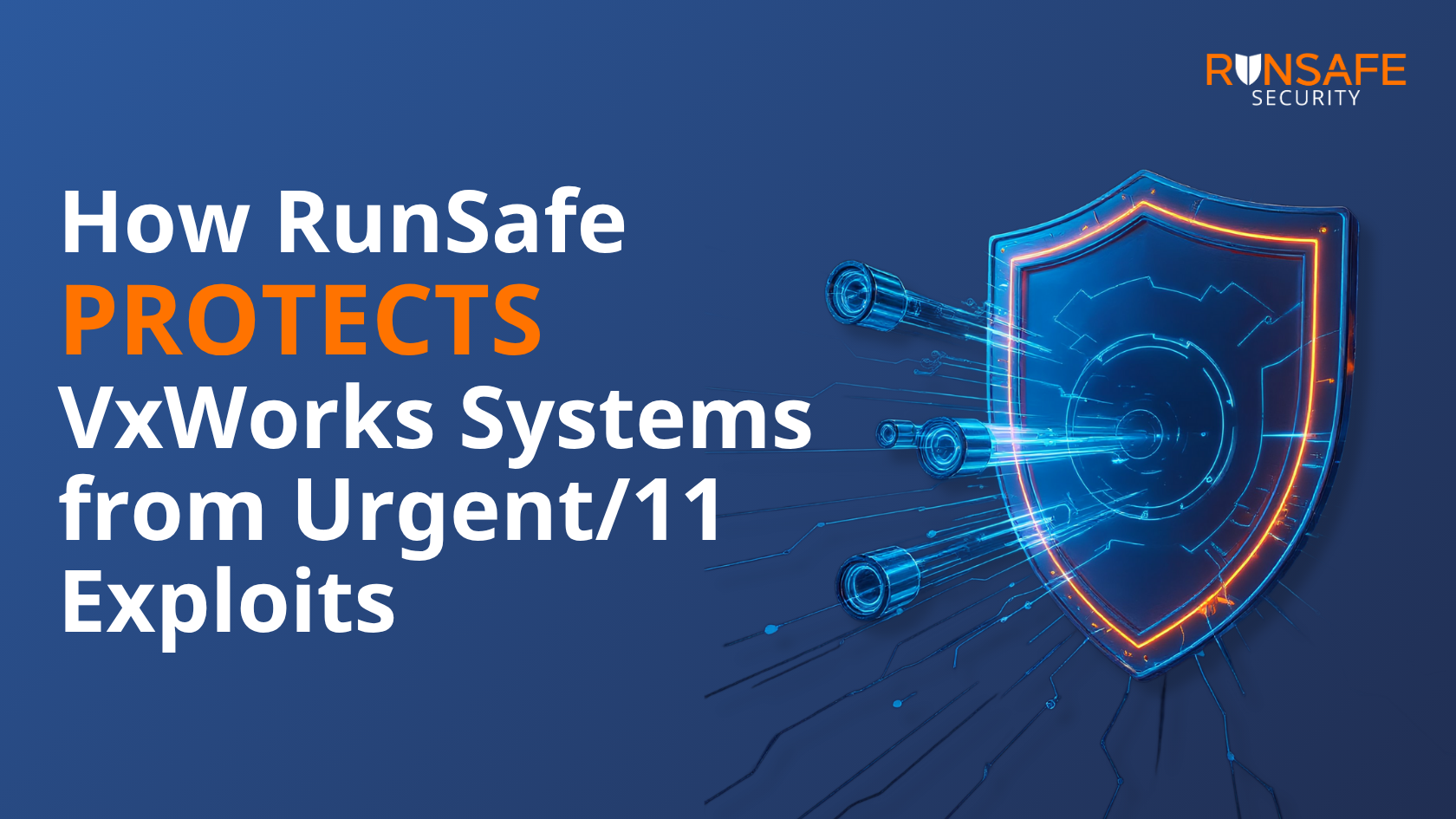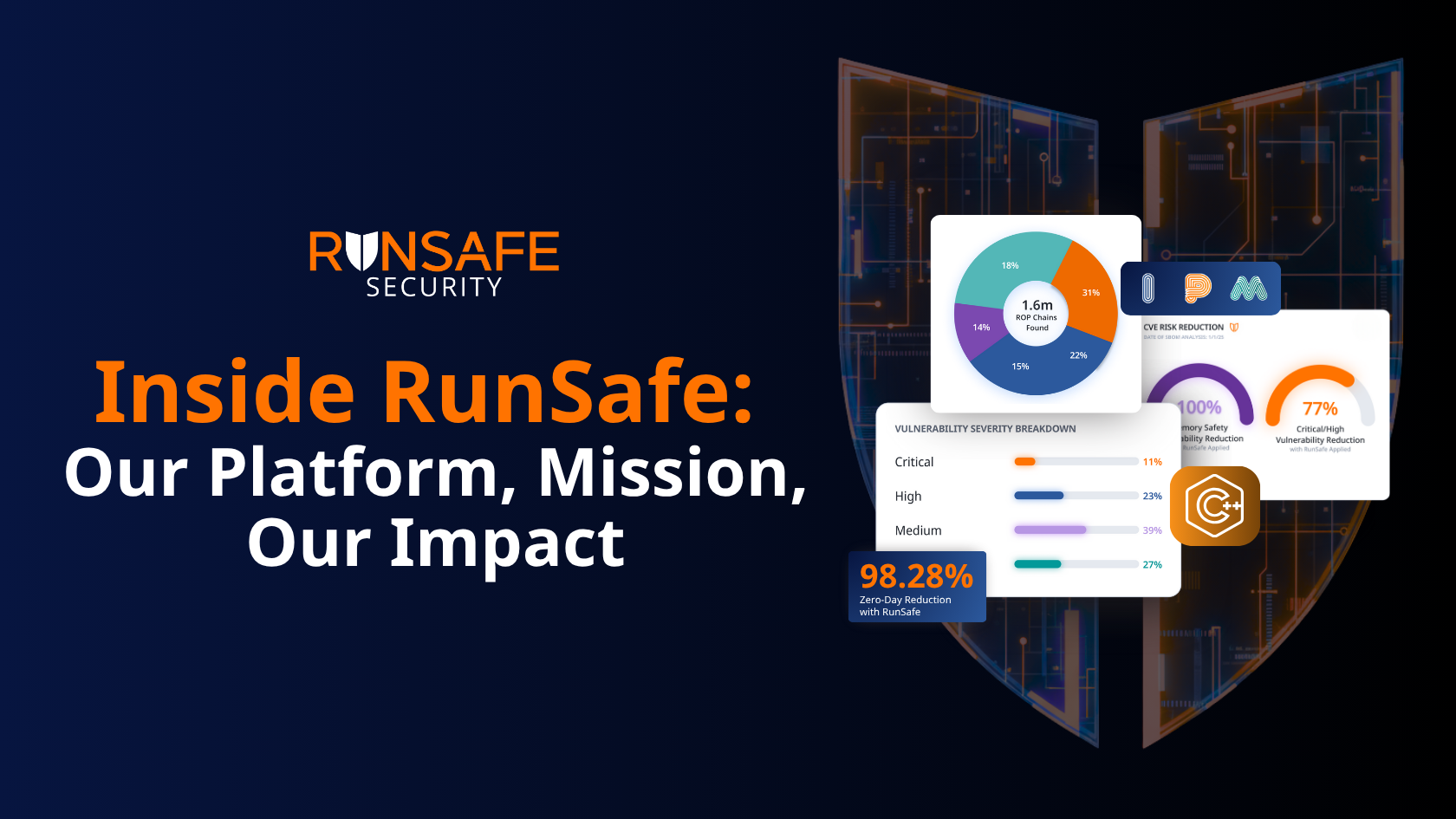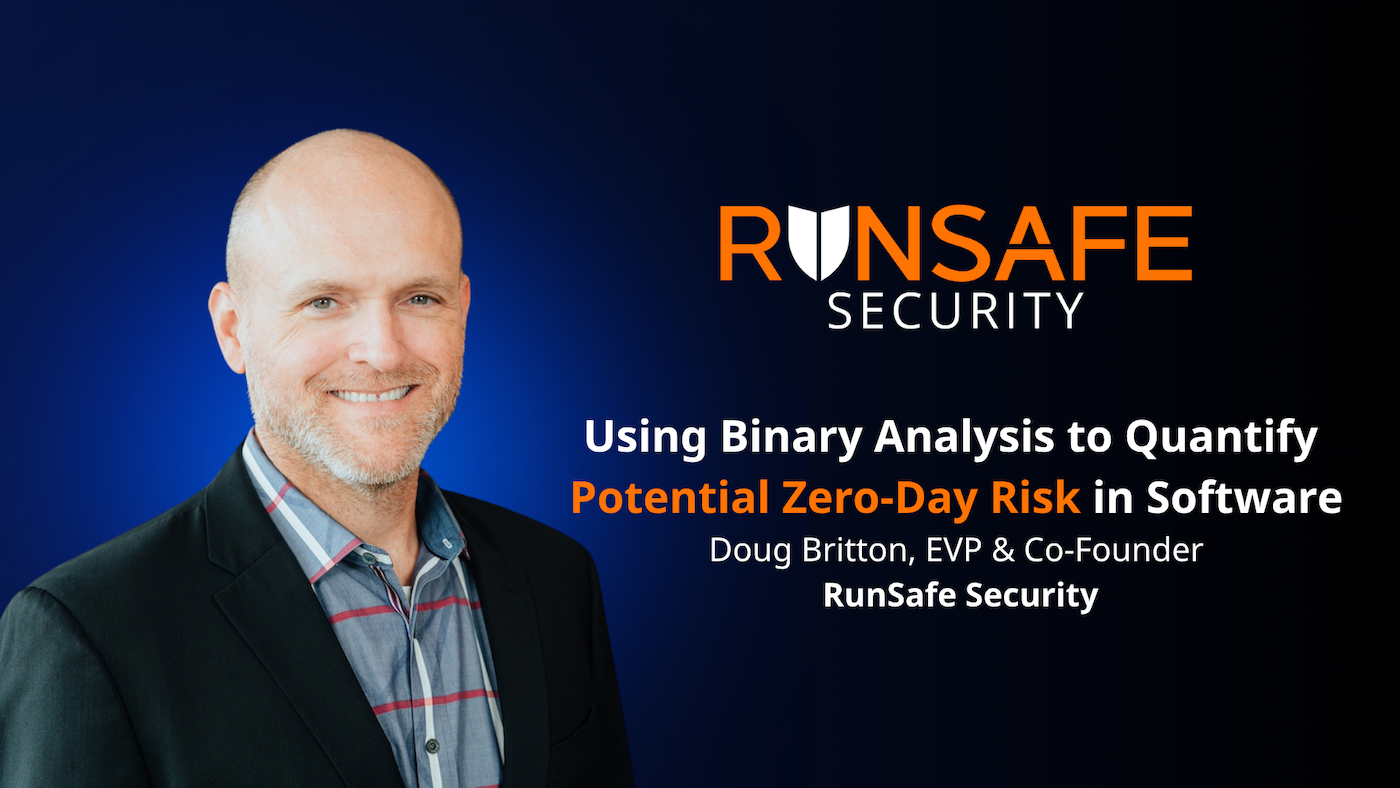Debugging Libraries vs. Applications in Linux: Key Differences and Techniques
When debugging in a Linux environment, libraries and applications are built with different purposes, and understanding this distinction is crucial for effective debugging.
While applications are executed directly, libraries are leveraged by an intermediary application, making the debugging process more complex.
In this video, Kelli, Senior Software Engineer at RunSafe Security, shares essential debugging techniques for libraries, including the use of GDB, LD Debug, LD Audit, and LD Preload. These specialized tools allow for deeper analysis and control over dynamic linking and symbol handling, helping you efficiently tackle debugging challenges.



